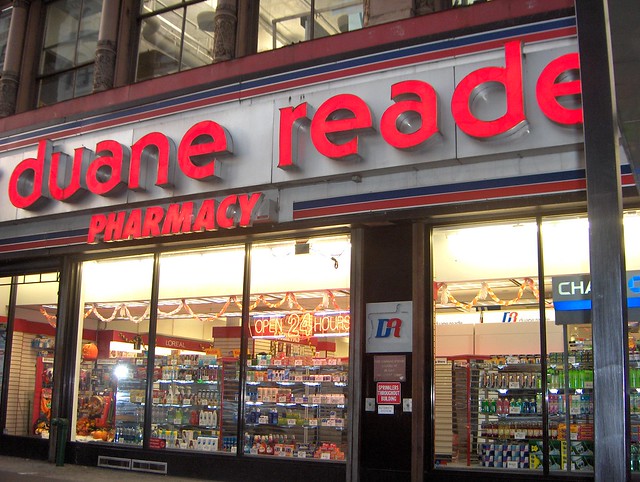 Photo: kayakleader
Photo: kayakleader
This is a continuation of How the iPad is (Thankfully) Destroying Our Economy.
Historically, money wasn’t necessary. Within a community, barn raisings, shared child care, and borrowing tools all occured as part of the gift economy. You used trust, reputation, and identity as your currency and money was only used between communities that didn’t know each other.
(Money is a type of currency; it isn’t synonymous.)
This is essentially the same today. My neighbor will give me his lawnmower or I can go buy one at Home Depot. In the transaction with my neighbor, we might say I got the lawnmower for free, but really I used our relationship as currency. In the transaction with Home Depot, I used money.
Money only exists because traditionally – and this is important – you haven’t been able to scale the gift economy. The bigger your neighborhood gets, the more difficult it is to know everyone. The more difficult it is to know, the more difficult it is to trust. As strangers, and without trust, we need a way to exchange value.
Whereas the gift economy might leave loose ends (relationships are messy, after all), an economy based on the exchange of money leaves no loose ends; it is something for something. Our current economy is built on that idea of quid pro quo, but the Internet came along and turned that on it’s head for a few reasons, some of which we’ve talked about:
1. The Internet allows us to live by our screens, not among objects, decreasing materialism and increasing the value we put on knowledge and experiences.
2. The decentralized web increases the viability of the peer-to-peer economy that doesn’t rely on or include large companies.
3. The networked web is ruled by plentitude, not scarcity, which changes what we value, how we exchange value, and how we measure and acknowledge it.
In essence, the web allows our social architecture to scale. What that means is that for the first time ever, there is the potential for an economy that isn’t based on money. It means that currencies other than money – reputation, identity, data – can be used to exchange value on a peer-to-peer level and on a larger scale than ever before. And it means that we’re relying less and less on money as a currency (i.e., why we’re seeing our current economy collapse).
Take a moment to wrap your head around that; it’s exciting. Or possibly scary, depending on how you look at it.
“Trust networks are able to be tapped for recommendations and referrals, while predictive analysis algorhithms can suggest the kinds of people, products, services, or events that would resonate with our personalities or value set,” argues digital theorist Vanessa Miemis. “A new set of filtering tools are emerging that are shaping where we direct our attention and resources, namely intentions and actions… These contextual clues around data become currencies in themselves, as they give us more information in order to make a choice or decide who to trust.”
Soon, it won’t matter that I don’t know you. We will still be able to transact with each other – I’ll borrow a dress from you, or you’ll take a spin in my car – because our reputation, identity and data currency will travel with us. The goodwill you build on Twitter, or at your job as an insurance salesman, will inherently influence the transactions in your life.
Early efforts at the peer-to-peer web, eBay rankings or reviews on Etsy for instance, show a small piece of that reputation currency. You can also see some attempts at personalization on today’s web. But that’s really all only the beginning. Facebook, for instance, has the power to be the ultimate bank, building a new economy based on the identity information we feed into our profiles and the mass amount of data they’re collecting. Even better, if this type of data were open across the web and we could own it, these currencies could inform the foundational underpinning of our interactions. And then, well, I can’t even wrap my mind around those possibilities…
You can see why who has the most data, and who controls the data, is increasingly important then. Every byte is almost like a dime in this new economy we’re building on the web.
I’ll continue to dive deeper in this series on digital economies and currencies in future posts, including the drawbacks of reputation as currency, why these new currencies aren’t the same as Free, and the rocky transition time we have ahead of us in this half-changed world.

